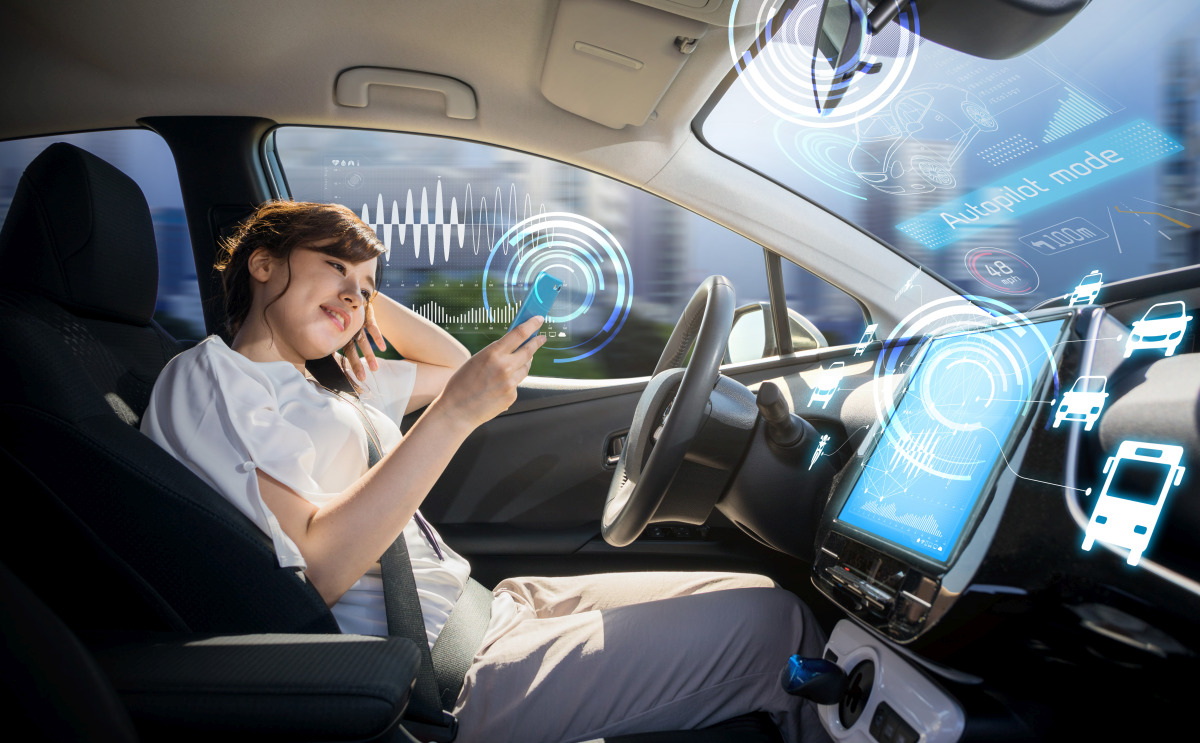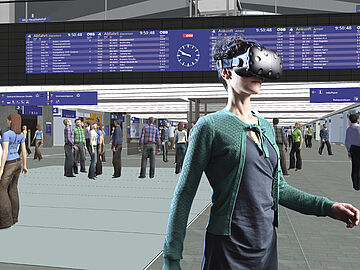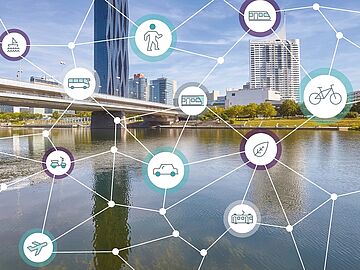In the face of rapid technological changes, it is key to aim for flexible and responsive urban infrastructure. Pervasive computing (e.g. ubiquitous sensors, wireless networks, and analysis of big and heterogeneous data) and Internet of Things (IoT) provide great possibilities to improve the quality of densely populated areas. A better understanding of how people use urban environments and how they react to changes allows for strategic planning or even for making instantaneous decisions and actions. At the same time, planning of mobility systems needs to harmonize views among citizens and other stakeholders to prevent conflicts, and to meet the mobility needs of everyone, in particular marginalized groups.
We study human perception in the context of urban mobility systems by making use of different data sources and work on methods to improve the built environment (e.g. with respect to walkability) and to develop efficient strategies for behavior change (e.g. incentives in the case of unforeseen events affecting the mobility system). Our research supports the development of responsive mobility systems which can adapt to individual and collective needs. We address these aspects on various levels, such as investigating the mobility behavior based on combinations of stated and revealed preferences (SP and RP) by developing specialized survey methods that reduce the hypothetical bias of SP-data. Another focus will be the provision of personalized routing services based on user classification to support individual adaption of services.
As technology becomes more important for supporting the interaction between civil society and the various policy makers, we further advance planning tools – which traditionally have been used by urban planning experts only – towards co-creation planning environments for impact assessments on different levels. We have a special research focus on virtual and augmented reality technologies to enhance participative planning processes and allow stakeholders to experience design choices of public spaces on a highly immersive level even in early planning phases. Therefore, we develop innovative interaction approaches that provide the flexibility to be used by experts as well as citizens.
AIT’s research activities include:
- Methods to collect reliable data on changing transportation environments and to evaluate the impact of planned traffic measures on the behavior of people from affected target groups
- Studying human movement behavior in various modes of transport (e.g. pedestrian, bikes, cars, public transit)
- Understanding how people interact with their physical environment and how their orientation, navigation and movement are affected by wayfinding systems and other sources of information
- Virtual reality technologies to evaluate infrastructure designs and user reactions though analysis of movements, gaze and other relevant behavioral characteristics
- Participatory planning methods in conjunction with virtual and augmented reality technologies
- Simulation-aided crowd management systems to automatically optimize pedestrian and crowd flows
- Analysis of heterogeneous sensor data (e.g. WiFi traces) to model demand and movement patterns
- Development and evaluation of persuasive strategies for mobility related aspects
- Integration of human factors analysis and choice modelling and personalization of services







